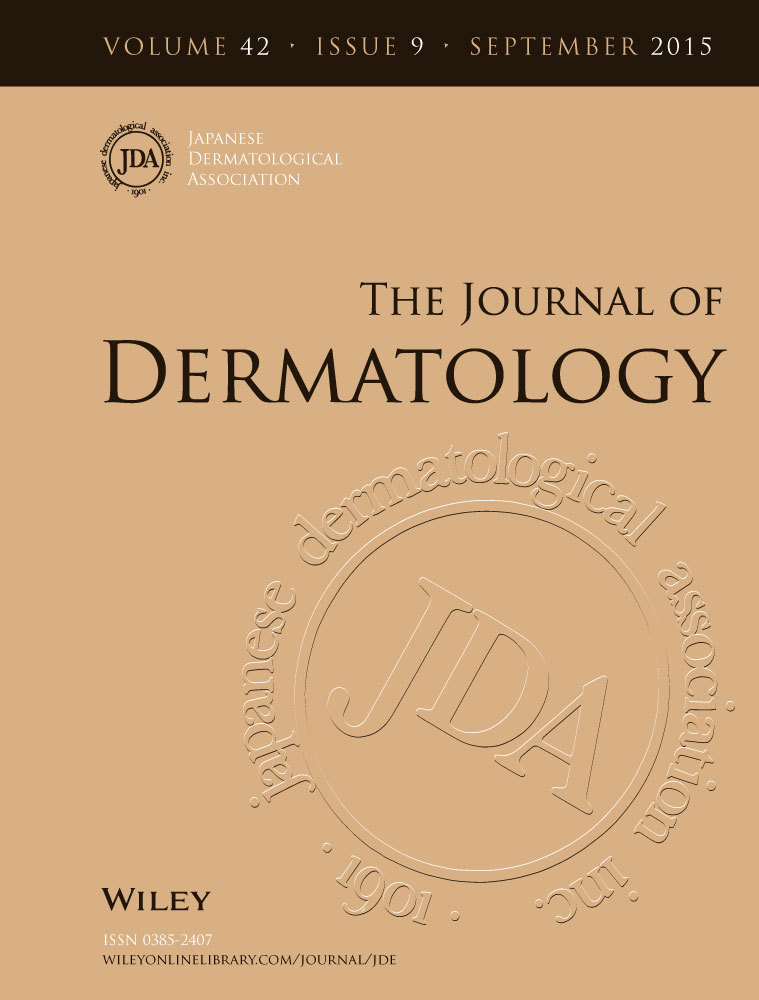Correlation of disease activity and serum level of carcinoembryonic antigen in acquired idiopathic generalized anhidrosis: A case report
Abstract
Hypohidrosis and anhidrosis are congenital or acquired conditions which are characterized by inadequate sweating. Acquired idiopathic generalized hypohidrosis/anhidrosis (AIGA) includes idiopathic pure sudomotor failure (IPSF), which has the following distinct features: sudden onset in youth, increased serum immunoglobulin E and responds favorably to systemic corticosteroid. No clinical markers reflecting the disease severity or activity have been established. Here, we report a case of AIGA in a Japanese patient successfully treated with repeated methylprednisolone pulse therapy. In this case, serum carcinoembryonic antigen (CEA) levels increased up to 19.8 ng/mL along with aberrant CEA immunoreactivity of eccrine sweat glands. Interestingly, the serum CEA level normalized as sweating improved with repeated methylprednisolone pulse therapy. Therefore, serum CEA level may serve as a useful clinical marker of hypohidrosis or anhidrosis.




